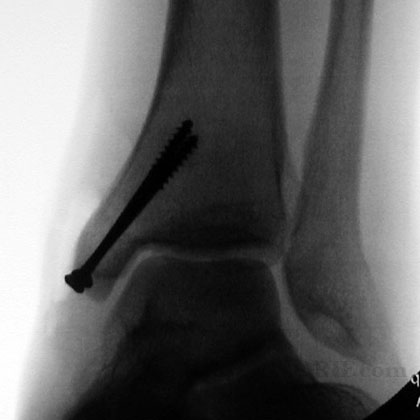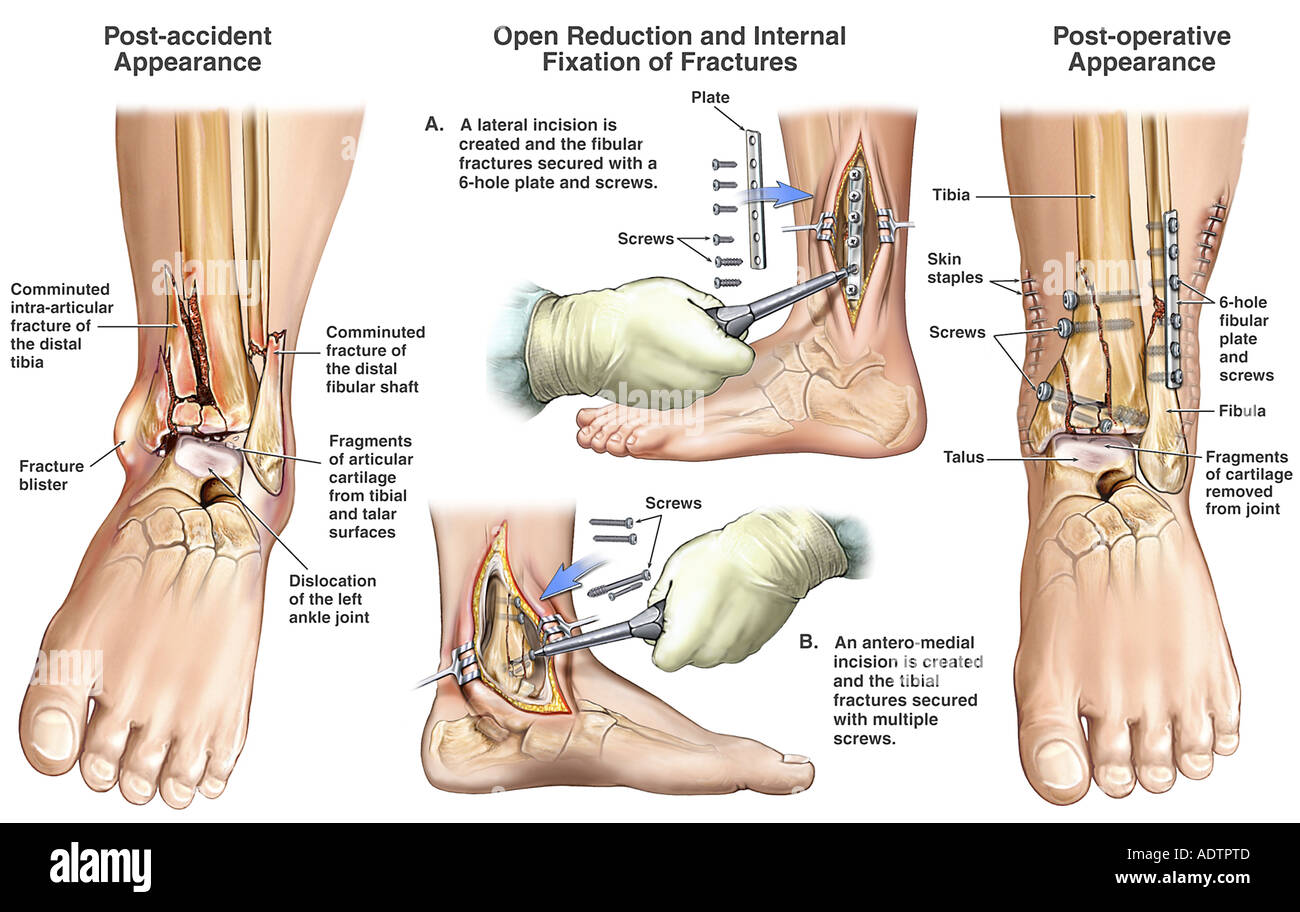

- #Cpt orif distal fibula fracture skin#
- #Cpt orif distal fibula fracture full#
- #Cpt orif distal fibula fracture code#
#Cpt orif distal fibula fracture full#
Average time to full weightbearing = 7weeks, return to work = 8weeks after surgery with early weight bearing protocol.Smoking history, presence of a medial malleolar fracture, lower levels of education are significant independent predictors of lower physical function up to 3 months postoperation. Physical function and role physical scores remain significantly lower than US norms at 24 months after operative fixation.6 Months: Return to sport / full activities.Running, stair-climbing, and participation in sports are allowed only after a full range of motion of the ankle has been achieved Rx=compression stocking (sigvaris, Jobst) 20-30mmHg Swelling is common after ankle sprain or fx. Driving: may drive after 9 weeks for right leg. Encourage daily active and passive range-of-motion exercises of the ankle and subtalar joints without the brace. 7-10 Days: Wound check, functional Air-Stirrup ankle brace (Aircast).Post-op: bulky jones dressing, NWB, elevation.We discussed the risks of surgery including, but not limited to: incomplete relief of pain, incomplete return of function, nonunion, malnunion, painful hardware, hardware failure, compartment syndrome, CRPS, DVT/PE and the risks of anesthesia including heart attack, stroke and death.Peroneal tendon pathology: associated with low plate placement with a prominent screw head in the distal hole.Lateral malleolar fixation provided with posterior antiglide plate +/- lag screws.document osteochondral injuries which should be saught during ORIF.Prep and drape in standard sterile fashion.Well-padded tourniquet placed high on the thigh.Supine position with bump under ipsilateral hip.Pre-operative antibiotics, +/- regional block.FHL is medial and protects posterior tibial artery/nerve. Find interval between FHL and peroneal tendons. Incision between Achilles and peroneal tendons. Posterior approach only needed for large posterior malleolar fragments-prone position.
#Cpt orif distal fibula fracture code#
#Cpt orif distal fibula fracture skin#
Delayed surgery done when blisters have resolved, skin wrinkles normally (average 14 days) has equivalent outcomes (Karges/Watson, JOT 1995 9:377). Ideally surgery is done before any true swelling or fracture blisters have developed.

Accordingly, reduction was determined to be good in 25 cases, fair in 15, and poor in 5. Results: Reduction quality criteria were collected using previously published guidelines. Average time to union, average time to weight bearing, and complications were monitored. The Weber classification system was used to assess the type of fracture. All patients included in the cohort had a soft-tissue condition and/or comorbidity. Methods: This retrospective study included 45 patients with distal fibular fractures treated with cannulated intramedullary screw fixation. What is the CPT code for ORIF distal fibula fracture CPT® 27827 in section: Open treatment of fracture of weight bearing articular surface/portion of distal tibia (eg, pilon or tibial plafond), with internal fixation, when performed. This study evaluates the use of a cannulated intramedullary screw as a minimally invasive treatment method for distal fibular fractures, which has not been reported in the current literature. Background: Open reduction and internal fixation (ORIF) methods, primarily plates and screws, remain the standard of treatment for distal fibular fractures.


 0 kommentar(er)
0 kommentar(er)
